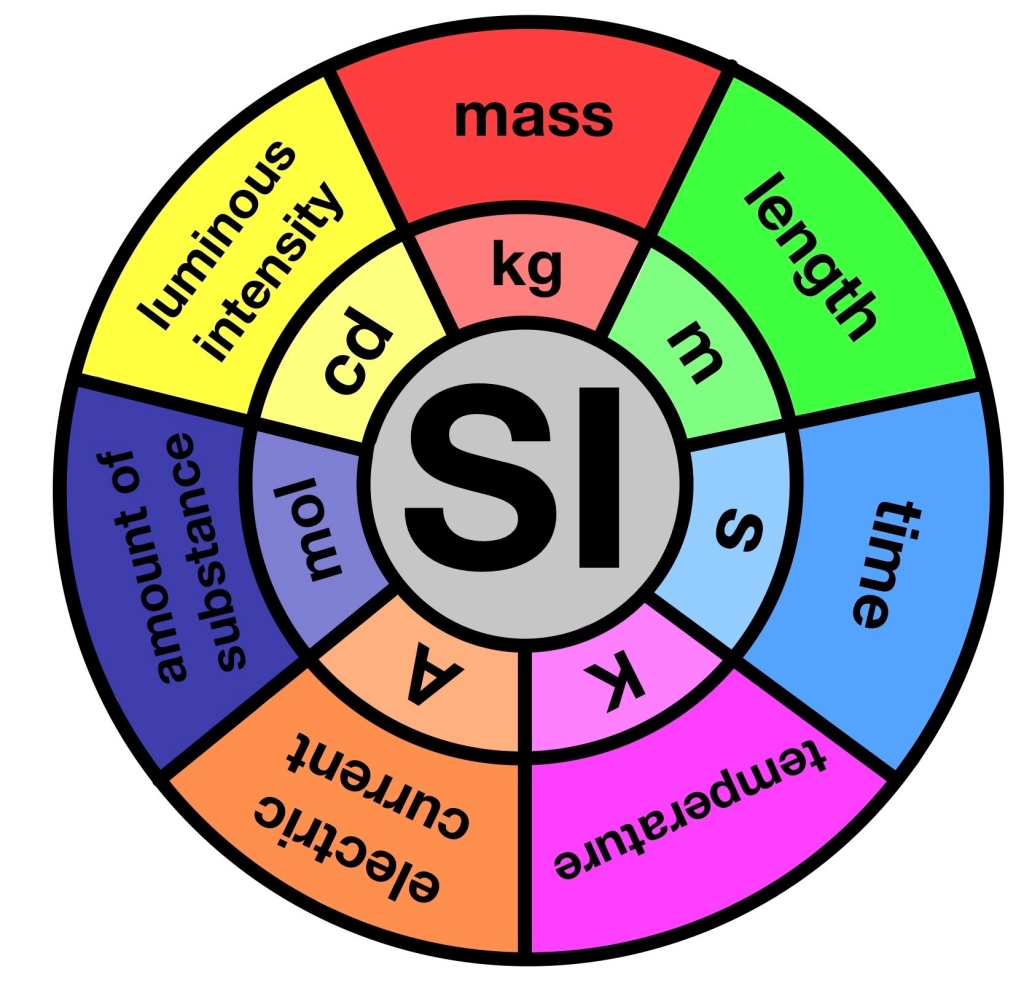Unit systems and their importance

Modern measurement systems come with highly accurate and precise instruments, they offer a wide range of applications and are robust as well as reliable. In short, modern measurement systems represent the cutting edge of today’s technology. But sometimes we should also think about what is at the basis of all this. This is exactly why we want to tell you more about the absolute foundation of measurement technology: systems of measurement, also known as unit systems.
A brief history of measurement – the metric system
Measurements and unit systems are no inventions of modern civilization, already in the early days of mankind they were a part of daily life. In order to trade goods, to build houses or simply to indicate travel times, a unit system was necessary. The ancient Arabia introduced one of the earliest systems of measurement. There, a measure of length was the finger or the palm-length. For example, a person was 20 palm-length tall.
But this way of measuring had a problem: There was no uniformity. Someone who had particularly small palms could claim to have a house 50 palms high, while someone with large palms would measure only 40 palms for the same house. Trading between different tribes and peoples also became a problem. Not only did each person have a different sized palm, but different peoples also used completely different units of measurement such as feet or stadia instead of palm-lengths.
To finally solve this problem, the metric system was introduced throughout France in 1799. The metric system builds upon the base unit of the meter, which was per definition one 10-millionth of the distance between the North Pole and the equator. With the French Revolution, the metric system eventually became the standard, even far beyond France.
The international standard – the SI unit system
Until today, almost all countries accept the metric system. But in the course of time people extended and improved the metric system. In 1889, for example, the MKS system of measurement established, which uniformly defined the base units meter, kilogram and second.
However, people soon noticed that the especially electrical, thermal and optical quantities were difficult to describe with the MKS system. Therefore, one introduced the additional units ampere (current), kelvin (temperature) and candela (luminous intensity). Finally, the unit of the amount of substance, the mole, was added. These seven base units form the so-called SI system (French: Système International d’Unités), which is the most common unit system today.

The SI system with the seven basis units
But even the SI system had a problem until recently: The definition of all units referred to real, evolving objects. The meter was, as mentioned, defined as a 10-millionth of the distance north pole-equator. But in the course of history, the exact value of this distance changed again and again, mainly due to increasingly precise measurements. So, should the length of a meter every now and then be redefined, or should it be even assigned a measurement error?
To solve this problem, all SI units have been redefined since 2018 in terms of immutable natural constants. The definition of the meter, for example, is now referring to the constant speed of light in a vacuum.
The imperial and customary unit systems
The metric system and especially the SI system could not establish themselves everywhere, e.g. in the Anglo-American area. For example, the USA use the customary units and Britons sometimes use the imperial units. Both systems of measurement include units such as inches, feet, pounds or ounces and differ from each other only in details.
However, no uniform set of base units, such as in the SI system, exists for the imperial and customary units. The imperial system, introduced in 1824, was a unit system for trading. This means that units for temperature or current are missing in this system, since these had no relevance for trading. Only at a later time, the concept of base units (e.g. meter) and derived units (e.g. square meter) emerged. Nevertheless, today the definition of the units inch and pound refers to the SI units meter and kilogram.
Yet the imperial and customary units are not the only non-SI systems in use today. Especially in the scientific field, unit systems have been established in which the constants of nature have the numerical value of one. One calles them natural unit systems.
DEWETRON – Quality made in Austria
DEWETRON is an Austrian manufacturer offering hardware and software solutions in the field of measurement technology. We place a high value on modularity and quality. Our products provide flexibility and are therefore popular in many industries. Applications range from automotive to aerospace and manufacturing.
We offer a variety of different measurement systems. These include our high-precision mixed signal power analyzers, which convince with a measurement error of 0.03 % and up to 10 MS/s sampling rate at 18-bit resolution. In addition to our measurement hardware, we also offer data acquisition software. With our intuitive OXYGEN software, data acquisition and evaluation become a breeze.
Do you want to learn more about DEWETRON? Then visit us on the DEWETRON website. There you will also find whitepapers, video tutorials and webinars, among other things. In addition, we are regularly active on Twitter and LinkedIn.





